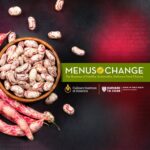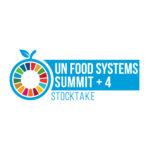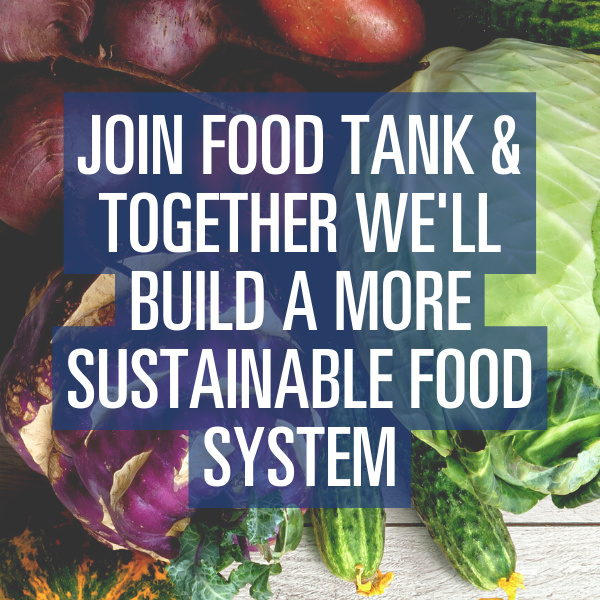Zimbabwe is in the midst of a crippling El Niño-induced drought—the worst in more than 40 years. It has wiped out most of last year’s rain-fed crops, particularly the now staple crop, maize.
With up to 70 percent of Zimbabwe’s population surviving on rural economic activities—mostly rain-fed crop farming—recurring droughts are devastating to the country. The drought has left more than 7 million people without enough food. And the Zimbabwean government is scrambling to secure up to US$2 billion to feed the population.
It’s likely that the droughts are linked to the climate crisis and lack of crop diversity. But small-scale farmers had long abandoned their drought-resistant traditional crops like finger millet, pearl millet, and sorghum—opting for maize. Maize was introduced and promoted in Zimbabwe by the British colonial government which aggressively supported indigenous farmers’ transition to the new crop.
“Last summer season, we experienced the worst drought ever. We lost our entire maize crop. The few farmers who planted pearl millet, finger millet, or sorghum had better yields. These traditional crops are both drought- and pest-resistant. As farmers, it’s time we go back to our traditional crops,” Leonard Madanhire, a small-scale farmer in Mutare district in eastern Zimbabwe, tells Food Tank.
And Zimbabwe-based climate change, food systems, and natural resource management expert Anna Brazier says production of traditional cereal crops in the country is slowly increasing as the markets are growing.
“Government policy has shifted substantially in the past decade and is now very supportive from a number of fronts, with policymakers seeing millets and sorghum as important ways to address food insecurity and nutrition problems and build community resilience to climate change. The government instituted measures to increase production of these crops through input distribution and promotion through extension systems,” Brazier tells Food Tank.
As of January 2025, more than 322,606 hectares are now growing traditional grains. Brazier says that favorable price control measures through the Zimbabwe Grain Marketing Board have helped to incentivize farmers to grow these crops.
“NGOs have been trying to promote the production of these crops longer than the government, but weak markets and low prices make them unfavorable to smallholder farmers,” she says.
This situation, Brazier says, has now changed thanks to the policy and market shifts. “Some NGOs have been working with the private sector to encourage companies to develop products containing small grains, and this has created a demand. Improvements in technology have also made a difference for farmers, processors, and food manufacturers,” she says.
Brazier says adopting traditional cereal grains as staples depends on the behavior of consumers and markets; it is more about demand than supply. “Zimbabwean consumers mainly prefer maize as a staple, and there is increasing demand among consumers for wheat-based products such as bread and pasta, which are convenient and tasty,” she says.
According to Brazier, there is still a perception among most eaters that millets and sorghum are unpalatable foods associated with poverty and rural areas. “Unfortunately, many young Zimbabweans seem to like pride in traditional cuisine,” she says. There is a gradual shift among urban middle-class consumers to increase purchases of traditional products, mainly for health reasons, but it is slow, she explains.
“Promotion of these traditional grains by NGOs, medical professionals, the ministry of health, the food and nutrition council, and efforts of the [Zimbabwe] First Lady [Auxillia Mnangagwa] has seen an increasing uptake by health-conscious consumers in urban areas. Food and seed festivals held more regularly across the country are doing a lot to increase the popularity of these crops and foods. But a lot more work needs to be done,” says Brazier.
The colonial legacy in Zimbabwe, however, continues to hamper farmers’ return to traditional cereal crops. During the colonial era from the 1930s, Zimbabwe’s Maize Control Act placed a greater economic value on maize, especially white settler-produced, and pegged traditional cereal crops—which became known as a poor man’s crop—at an economic disadvantage. This badge of poor man’s crop stayed on for many years, according to Bryan Kauma, an expert on Southern Africa’s food and environmental history.
But a study in Frontiers in Nutrition, says millets are recognized as smart foods since they are nutritious and healthy. Millets are also good for the health of the planet—they are resilient and climate-smart, the study adds.
“It might take a while to completely wean farmers from maize,” Farmer Leonard Madanhire says, “but millets and sorghum are our only hope for a food secure future.”
Articles like the one you just read are made possible through the generosity of Food Tank members. Can we please count on you to be part of our growing movement? Become a member today by clicking here.
Photo courtesy of Cyndy Sims











